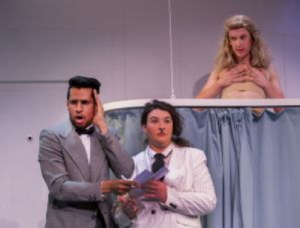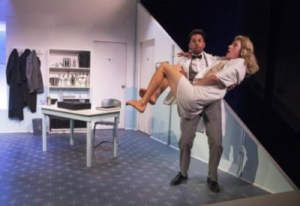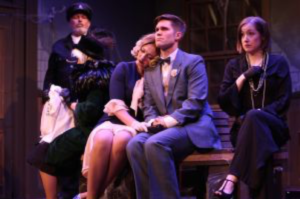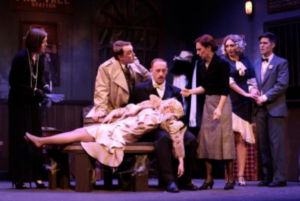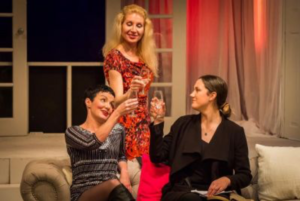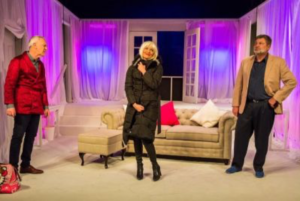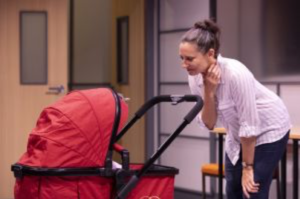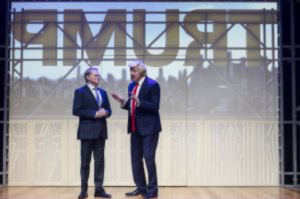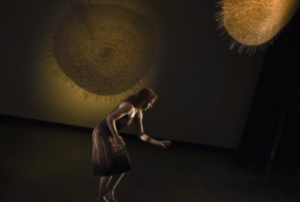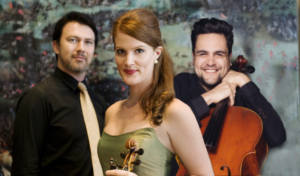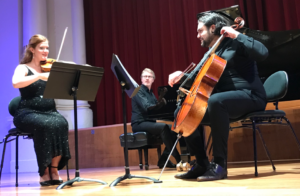Adapted by Steve Rodgers from the novella by Peter Goldsworthy. National Theatre of Parramatta. Riverside Theatres Parramatta. October 18- 27, 2018.
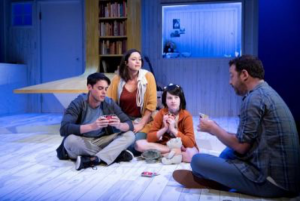
Playwright Steve Rodgers, who adapted this story by Peter Goldsworthy for the stage, says this play “is about love and grief”. Director Darren Yap describes it as a “deeply moving story … full of pain and full of love, where family is everything.” It is all of this – and more – and, as such, it is a play that requires tenderness and understanding, sensitivity and compassion.
Rodgers met this requirement in his loving treatment of the story and the characters who tell it. Yap meets it with delicate perception in his direction. The cast bring it gently and intuitively to life. It is a touching, true-to-life production that demands an emotional commitment that is not usually expected from live theatre.
To say too much about the plot would be unfair to those who have worked so intensely to bring it to the stage. It is important, though, to say it is confronting in its intensity, challenging in its complexity.
. . .his closely bound cast brings Rodgers’ confronting but beautiful play into intense reality . . .
Both Jackson and Smith are compellingly authentic – in the brief but very poignant opening scene where they first realise the depth of their love – then as that love grows to envelop their children. Both find the emotional strength and complexity of these multi-faceted characters that Rodgers has shaped through sparse dialogue that suggests so much. These are not easy characters to play, but they so with deep insight and empathy.
Grace Truman brings surprising depth and awareness to the role of ‘Wol’. It is not an easy role and . . . .
Review continued in Stage Whispers magazine
